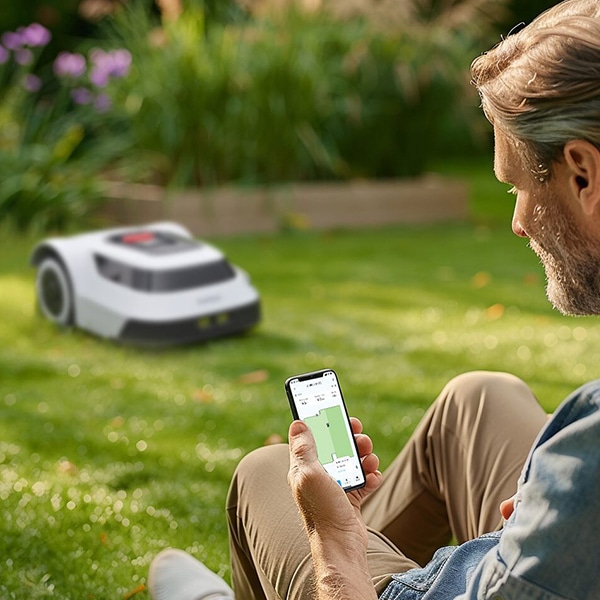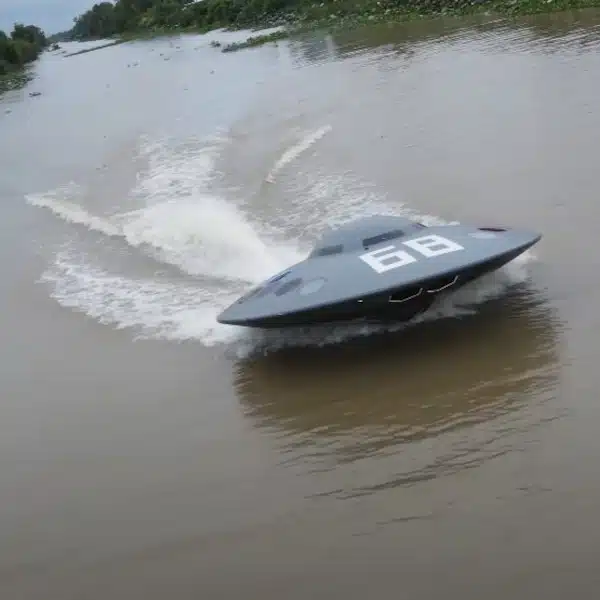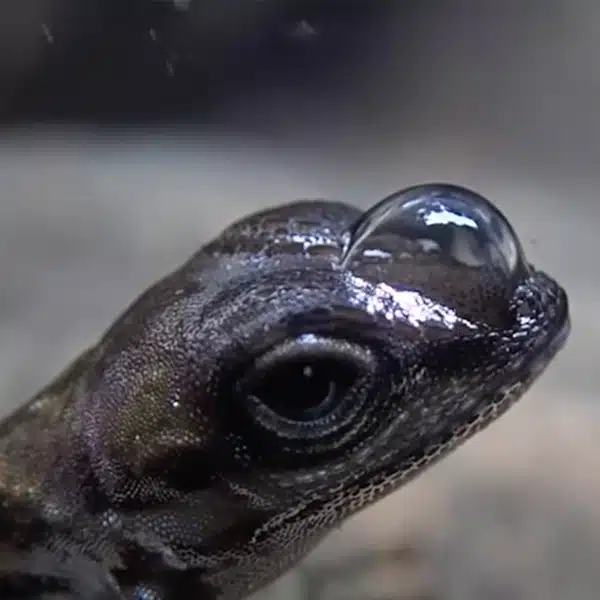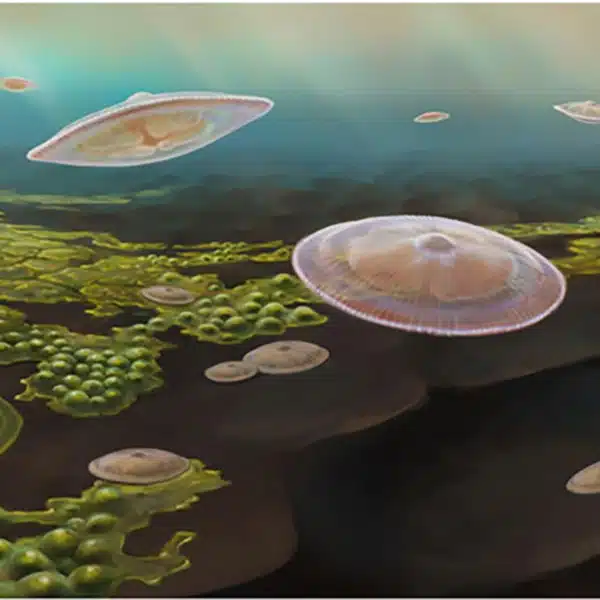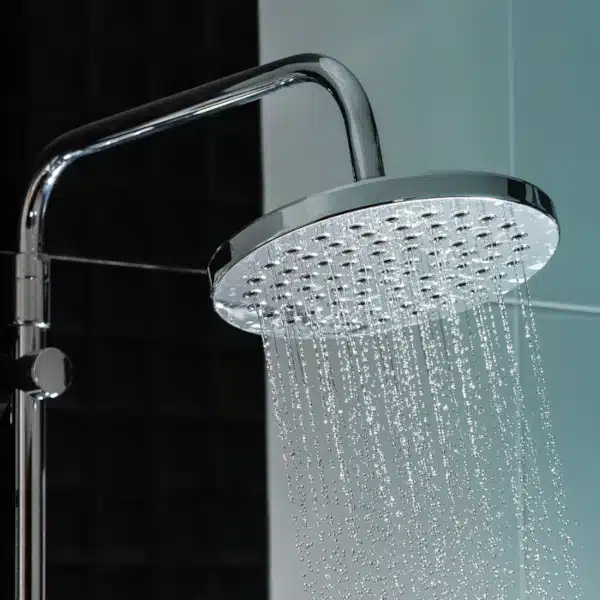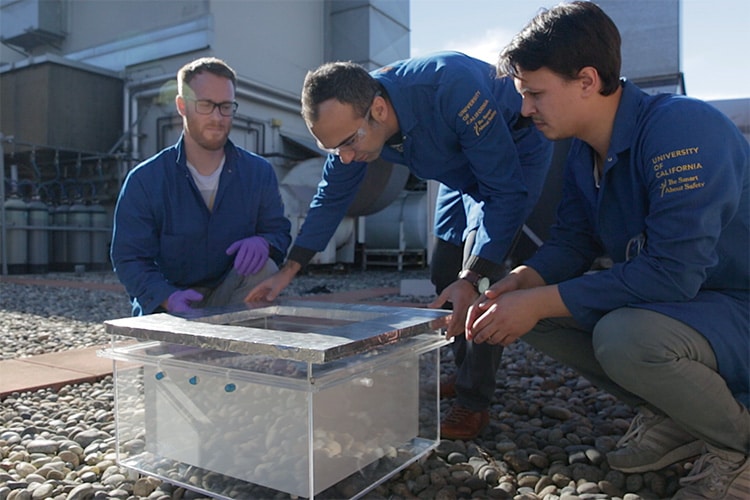
Photo: Stephen McNally
Water—it's a precious, basic resource that in many parts of the world is difficult to come by. But now, researchers at the University of California, Berkeley have made an interesting breakthrough that could benefit those living in arid climates. An article in Science Advances describes a new water harvester that transforms air into water, no electricity needed.
Using an organic compound called metal-organic framework (MOF), water molecules become trapped even in low humidity. The molecules are then expelled into a receptacle as temperatures rise. Testing has shown that the water collected is clean and drinkable immediately—an exciting breakthrough. The harvester works continuously and could provide an innovative solution where water is scarce, such as in the desert.
“There is nothing like this,” said Omar Yaghi from UC Berkeley, who invented the technology. “It operates at ambient temperature with ambient sunlight, and with no additional energy input you can collect water in the desert. This laboratory-to-desert journey allowed us to really turn water harvesting from an interesting phenomenon into a science.”
The harvester is a box with MOF spread across the top, which acts like a sponge. An outer box serves to collect the water expelled as temperatures rise, and recent tests in the Scottsdale desert look promising for the harvester's development. In Scottsdale, average nightly humidity is 40%, dropping down to 8% during the day. The trials demonstrated that by adding more MOF, more water could be collected, with about 2.2 pounds (1 kg) of MOF needed to produce 7 ounces (200 ml) of water.
This may seem like a small amount, but Yaghi has developed a new form of MOF that could give a harvester a boost. Made with aluminum, it can capture twice as much water and is 150 times cheaper than what's currently being used. Next year the researchers will test the new MOF in Death Valley and it will be interesting to see how those results will push along the project. If things go well, there's hope that the water harvester could help those living in water-poor environments get this basic necessity quickly and cheaply.
Watch this video to learn more about how the water harvester works.
h/t: [IFL Science!]
Related Articles:
Artificial Glaciers Are Helping Provide Critical Water Supply in the Himalayas
Designers Develop Edible Water Bubble to Replace Hazardous Plastic Bottles
New Eco-Friendly Design Offers More Refreshing Showers While Minimizing Water Usage by 70%











































































